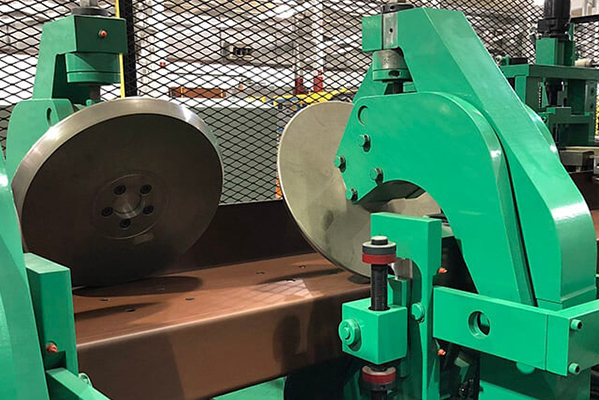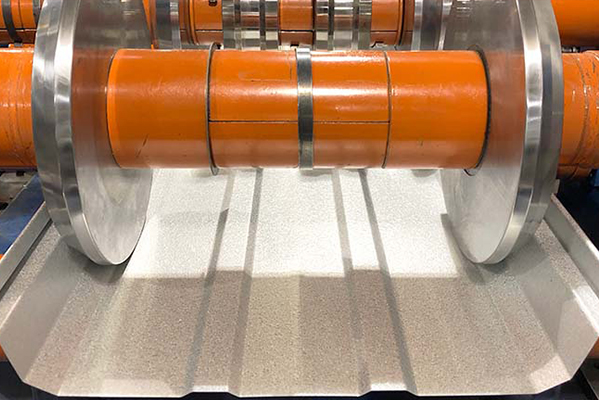Navigation Menu
Contact Us
- Email:
- info@wxavatar.com
- Address:
- Yurong Village, Yuqi Street, Huishan District, Wuxi, China.
Release Date:Jun 29, 2025 Visit:47 Source:Roll Forming Machine Factory
Heavy gauge rollforming lines are essential in manufacturing durable metal components for industries such as construction, automotive, and aerospace. These systems are designed to process high-strength materials efficiently while maintaining precision and structural integrity.

Key Features of Heavy Gauge Rollforming Lines
1. Robust Frame and Roller Design
Heavy gauge rollforming machines are built with reinforced frames and high-durability rollers to withstand the increased pressure required to shape high-strength materials. The rollers are often made from hardened steel or carbide to resist wear and maintain dimensional accuracy over extended production runs.
2. Advanced Material Feeding Systems
High-strength metals require precise feeding mechanisms to prevent slippage or misalignment. Heavy gauge rollforming lines incorporate servo-driven feeders and hydraulic clamping systems to ensure consistent material flow, reducing waste and improving product consistency.
3. Precision Tooling and Adjustable Passes
The tooling in heavy gauge rollforming is designed with tight tolerances to accommodate the springback effect common in high-strength metals. Adjustable roll passes allow operators to fine-tune the forming process, ensuring the final product meets exact specifications.
4. Computer-Controlled Forming Process
Modern rollforming lines use programmable logic controllers (PLCs) and CNC systems to monitor and adjust forming parameters in real time. This automation helps maintain consistency when working with challenging materials, reducing the risk of defects.
Techniques for Processing High-Strength Materials
1. Progressive Forming
High-strength metals often require gradual shaping to prevent cracking or excessive stress. Heavy gauge rollforming lines use multiple forming stations to incrementally bend the material, reducing strain and improving structural integrity.
2. Pre-Punching and Notching
To minimize deformation during forming, some systems integrate pre-punching or notching before the rollforming process. This approach ensures that holes and cutouts maintain their shape without compromising the material's strength.
3. Post-Forming Treatments
After rollforming, high-strength components may undergo additional processes such as straightening or heat treatment to enhance their mechanical properties. Some lines include in-line correction systems to ensure dimensional accuracy before final cutting.
Applications of Heavy Gauge Rollforming with High-Strength Metals
Construction: Structural beams, roofing, and wall panels made from high-strength steel.
Automotive: Chassis components and reinforcement parts requiring durability.
Industrial Equipment: Heavy-duty frames and supports for machinery.

Conclusion
Heavy gauge rollforming lines are engineered to handle high-strength materials through reinforced construction, precision tooling, and advanced control systems. By utilizing progressive forming techniques and integrated processing steps, these systems produce high-quality metal components suitable for demanding applications. As material technology advances, rollforming systems continue to evolve, offering greater efficiency and reliability in metal fabrication.